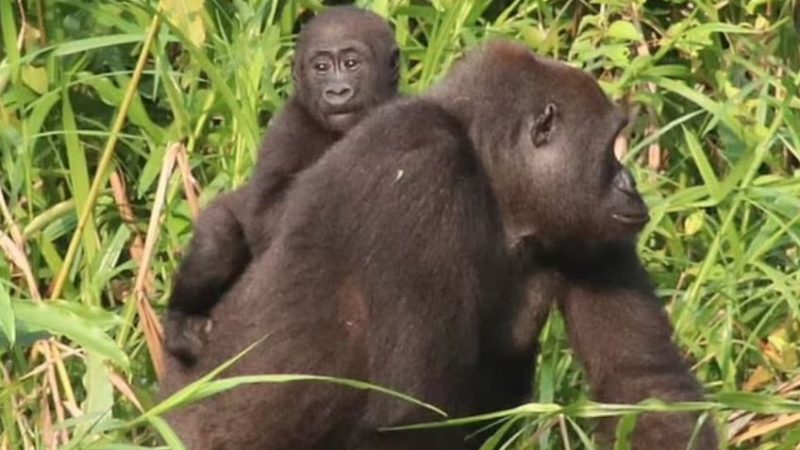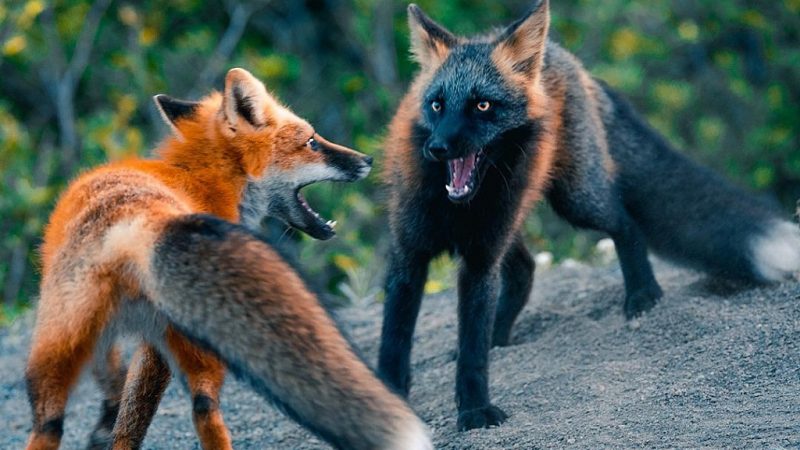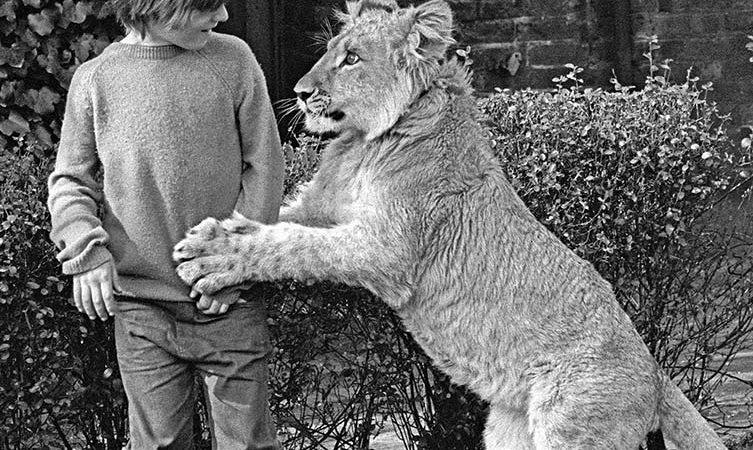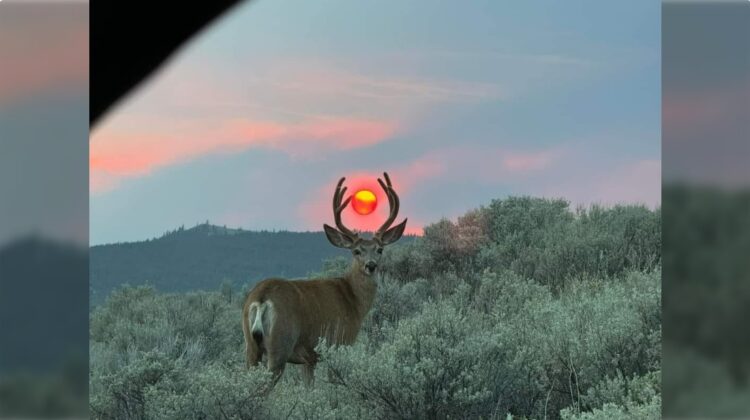In the heart of a Canadian forest, a photographer embarked on a mission to capture the elusive great grey owl in its natural habitat, but he stumbled upon a remarkable display of nature’s artistry. James S. Batuigas, an amateur photographer from Burnaby, Canada, made a five-hour journey to his cherished wildlife photography spot within a British Columbia forest. Little did he know that he was about to witness a breathtaking spectacle of the owl’s unparalleled camouflage.
As Batuigas recounted to the UK publication Daily Mail, his day was dedicated to the pursuit of the elusive great grey owl. As he traversed a forest road, he carefully examined each tree, hoping to spot one of these magnificent birds known to rest during noontime. Then, almost imperceptibly, something in his peripheral vision caught his attention—a movement on a tree trunk. To his astonishment, it was the great grey owl. The owl’s plumage blended so harmoniously with the tree’s bark that Batuigas might have missed it entirely had the owl not turned its head to regard him.
The remarkable owl’s plumage serves a dual purpose, according to the Owl Research Institute. It not only aids in blending with its surroundings but also plays a role in regulating the owl’s body temperature. However, feather coloring is not the sole mechanism owls employ for camouflage. Owls possess additional techniques to shroud themselves in invisibility.
Owls exhibit a unique strategy for evading both predators and prey. They stand tall and fluff up their feathers, creating a slimmer appearance that is more challenging to detect. Furthermore, they elevate the white feathers around their bill, further enhancing their seamless integration into the environment.
The astonishing camouflaging abilities of owls render them nearly invisible to both their prey and those who seek to capture their elusive beauty through the lens of a camera.









